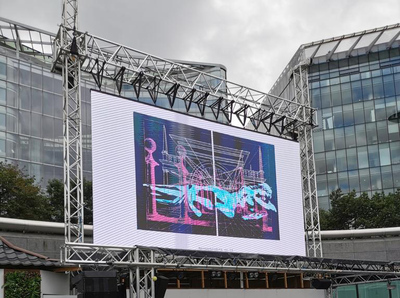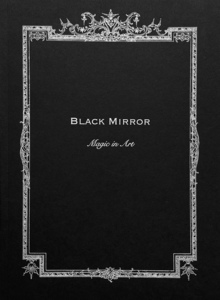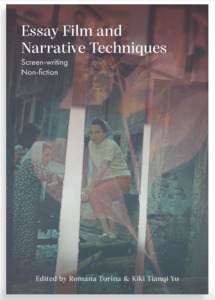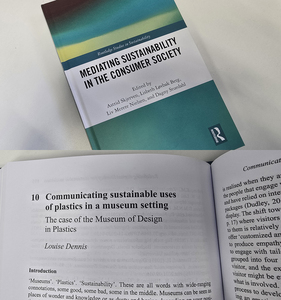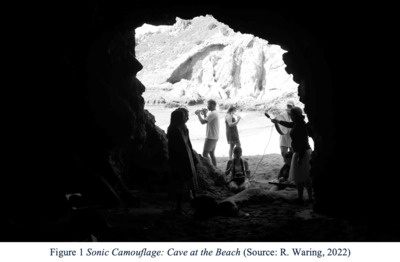Paul Gough is interested in drawing in-between places, liminal zones, waste grounds, empty places that were once something and now have been allowed to lapse back into their habitual shape. Look at his drawings of the former airbase at Greenham Common, or the ash-heaps of the old north Somerset coalfield, the abandoned village of Tyneham or the forlorn gullies on the Gallipoli Peninsula. They are powerful evocations of absence and embedded memory. Writer Marion Shoard coined these unloved, unseen and often unexplored spaces as the ‘edge land’, a mysterious hinterland of brick piles and rubbish tips, derelict industrial plant and ragged landfill, forlorn filling stations and scruffy allotments, abandoned ordnance lying amidst rogue plants.
Thirty years ago, the naturalist Richard Mabey in his book ‘The Unofficial Countryside ‘, had also opened our eyes to the vitality of these unkempt places. He, however, found little to cherish and celebrate in these wasted hinterlands. Instead he marvelled at the resilience of nature in such abject conditions, its refusal to be ground down by toxic contagion.
 |



 Lists
Lists Lists
Lists



